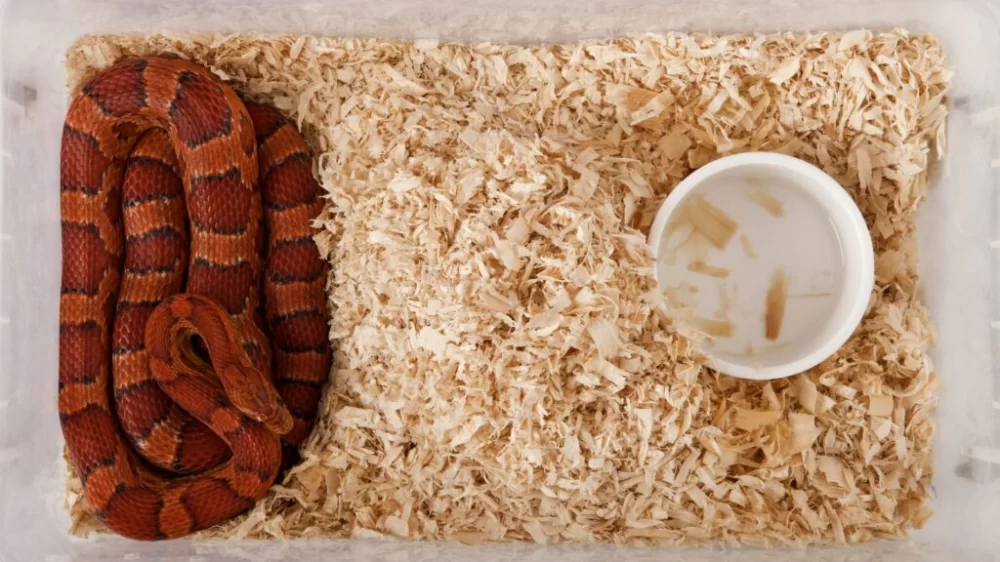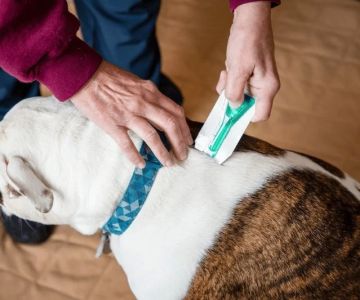- why-bedding-matters-for-pet-snakes-and-reptiles
- types-of-bedding-for-snakes-and-reptiles
- factors-to-consider-when-choosing-bedding
- case-study-successful-bedding-choice
- where-to-find-the-best-bedding-and-support
1. Why Bedding Matters for Pet Snakes and Reptiles
Choosing the best bedding for pet snakes and reptiles is more than just a cosmetic decision—it directly impacts your pet’s health and comfort. Bedding provides essential substrate for natural behaviors such as burrowing, hiding, and regulating body temperature. A suitable substrate also helps maintain humidity levels, which is critical for shedding and respiratory health in many reptile species.
Incorrect bedding can lead to problems like impaction, skin irritation, or bacterial growth. Understanding the importance of bedding is the first step in creating an environment that supports your pet’s wellbeing and mimics their natural habitat.
2. Types of Bedding for Snakes and Reptiles
There are several substrate options available, each with distinct advantages and considerations. Knowing the characteristics of different beddings helps you select the ideal one for your specific reptile species.
2.1 Aspen Shavings
Aspen shavings are popular due to their absorbency and low dust content. They allow burrowing and are generally safe for many snakes and reptiles. However, they don’t retain humidity well, so they may not be suitable for species requiring higher moisture.
2.2 Coconut Fiber (Coir)
Coconut fiber is excellent for humidity-loving reptiles. It retains moisture well and is biodegradable. It also encourages natural digging behaviors but needs regular cleaning to avoid mold buildup.
2.3 Reptile Carpet and Paper Towels
For easy maintenance and hygiene, reptile carpet or paper towels are frequently used. These substrates are less natural but reduce risk of ingestion or impaction, making them good choices for quarantine or young reptiles.
2.4 Cypress Mulch and Bark
These materials offer a natural look and help maintain humidity. Cypress mulch has antimicrobial properties but should be used carefully to avoid ingestion risks.
3. Factors to Consider When Choosing Bedding
3.1 Species-Specific Needs
Each reptile species has unique requirements. Desert species may prefer dry, loose substrates, while tropical reptiles benefit from moisture-retentive beddings. Research your pet’s natural habitat to guide your choice.
3.2 Safety and Hygiene
Always prioritize substrates that are non-toxic, low in dust, and easy to clean. Avoid cedar or pine shavings, which contain oils harmful to reptiles. Regular cleaning schedules are necessary to prevent bacterial and fungal growth.
3.3 Comfort and Behavior Encouragement
Substrates that enable natural behaviors such as burrowing or climbing enrich your pet’s environment, reducing stress and promoting overall health.
4. Case Study: How Proper Bedding Transformed a Ball Python’s Health
Jake, an experienced reptile keeper, struggled with his ball python’s frequent respiratory infections. After consulting Hidden Brook Veterinary, he switched from newspaper substrate to coconut fiber, which improved humidity control. Over time, Jake noticed better shedding, more activity, and no further infections. This real-life example shows how selecting the best bedding for pet snakes and reptiles can make a profound difference in health and wellbeing.
5. Where to Find the Best Bedding and Expert Support
Finding the right bedding can be overwhelming given the options available. Hidden Brook Veterinary offers expert recommendations and high-quality bedding products tailored to your pet’s needs. Whether you keep snakes, lizards, or other reptiles, their resources help you create a safe, comfortable habitat with the best substrate options.
Professional advice combined with premium bedding ensures your reptilian companion thrives in an environment that closely mimics its natural surroundings.












